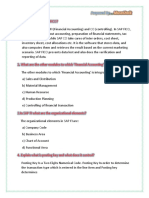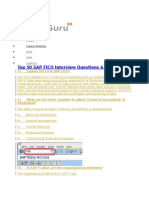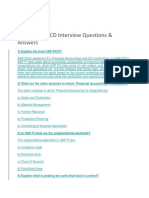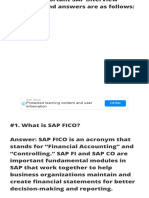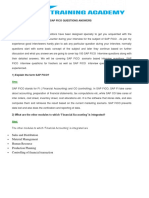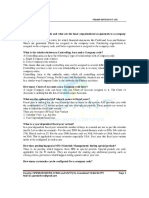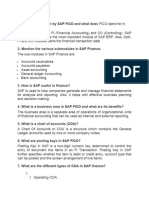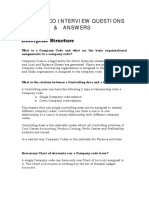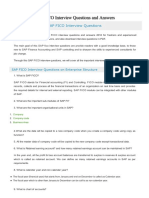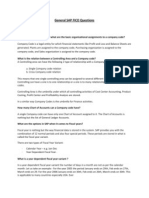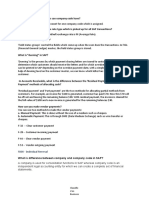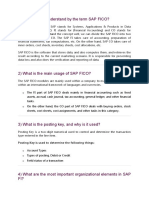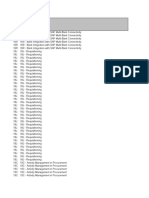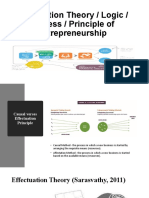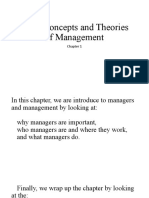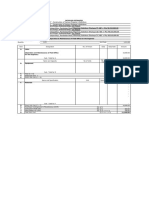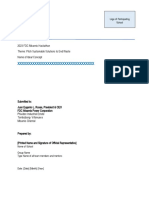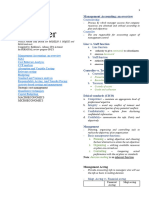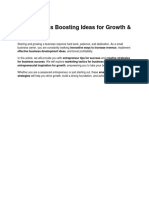0% found this document useful (0 votes)
48 views14 pagesSAP Interview Questions-2020
The document provides a comprehensive overview of SAP FICO, detailing its components such as Financial Accounting (FI) and Controlling (CO), along with their integration with other modules. It explains various organizational elements, financial reporting tools, and key concepts like Chart of Accounts, Fiscal Year Variants, and Document Types. Additionally, it covers the functionalities of G/L accounting, month-end closing activities, and the relationship between controlling areas and company codes in SAP.
Uploaded by
NeetaCopyright
© © All Rights Reserved
We take content rights seriously. If you suspect this is your content, claim it here.
Available Formats
Download as DOCX, PDF, TXT or read online on Scribd
0% found this document useful (0 votes)
48 views14 pagesSAP Interview Questions-2020
The document provides a comprehensive overview of SAP FICO, detailing its components such as Financial Accounting (FI) and Controlling (CO), along with their integration with other modules. It explains various organizational elements, financial reporting tools, and key concepts like Chart of Accounts, Fiscal Year Variants, and Document Types. Additionally, it covers the functionalities of G/L accounting, month-end closing activities, and the relationship between controlling areas and company codes in SAP.
Uploaded by
NeetaCopyright
© © All Rights Reserved
We take content rights seriously. If you suspect this is your content, claim it here.
Available Formats
Download as DOCX, PDF, TXT or read online on Scribd
/ 14
